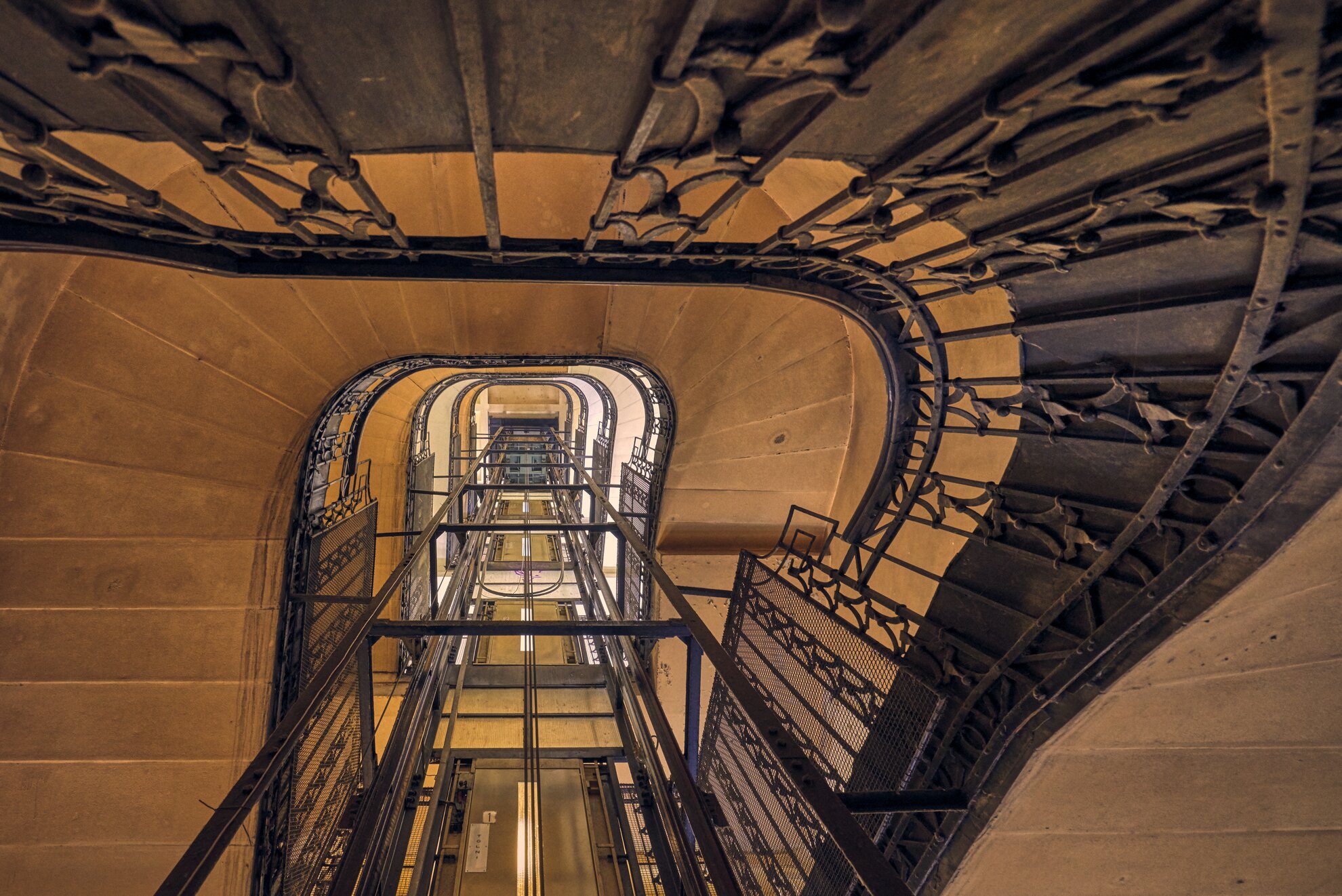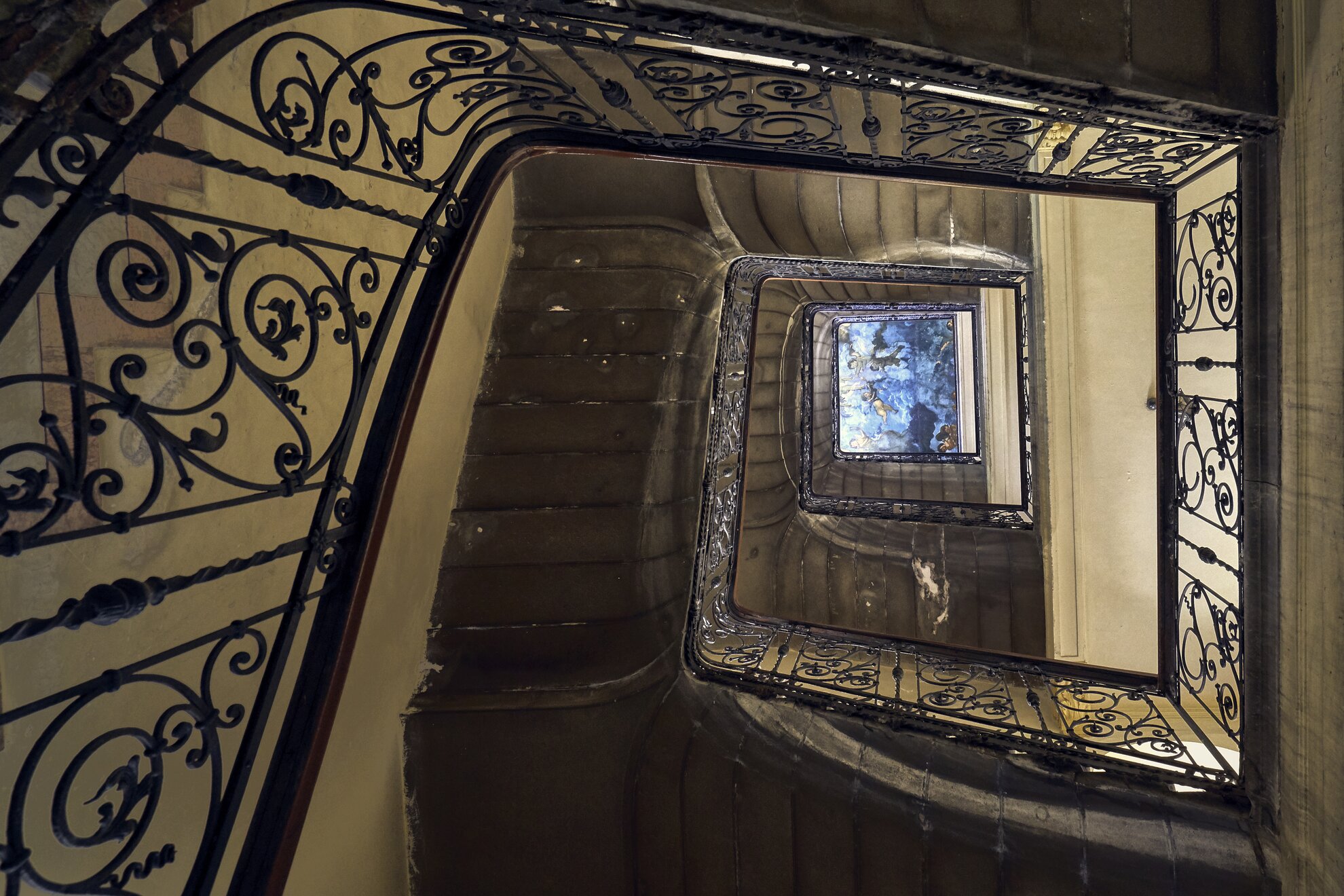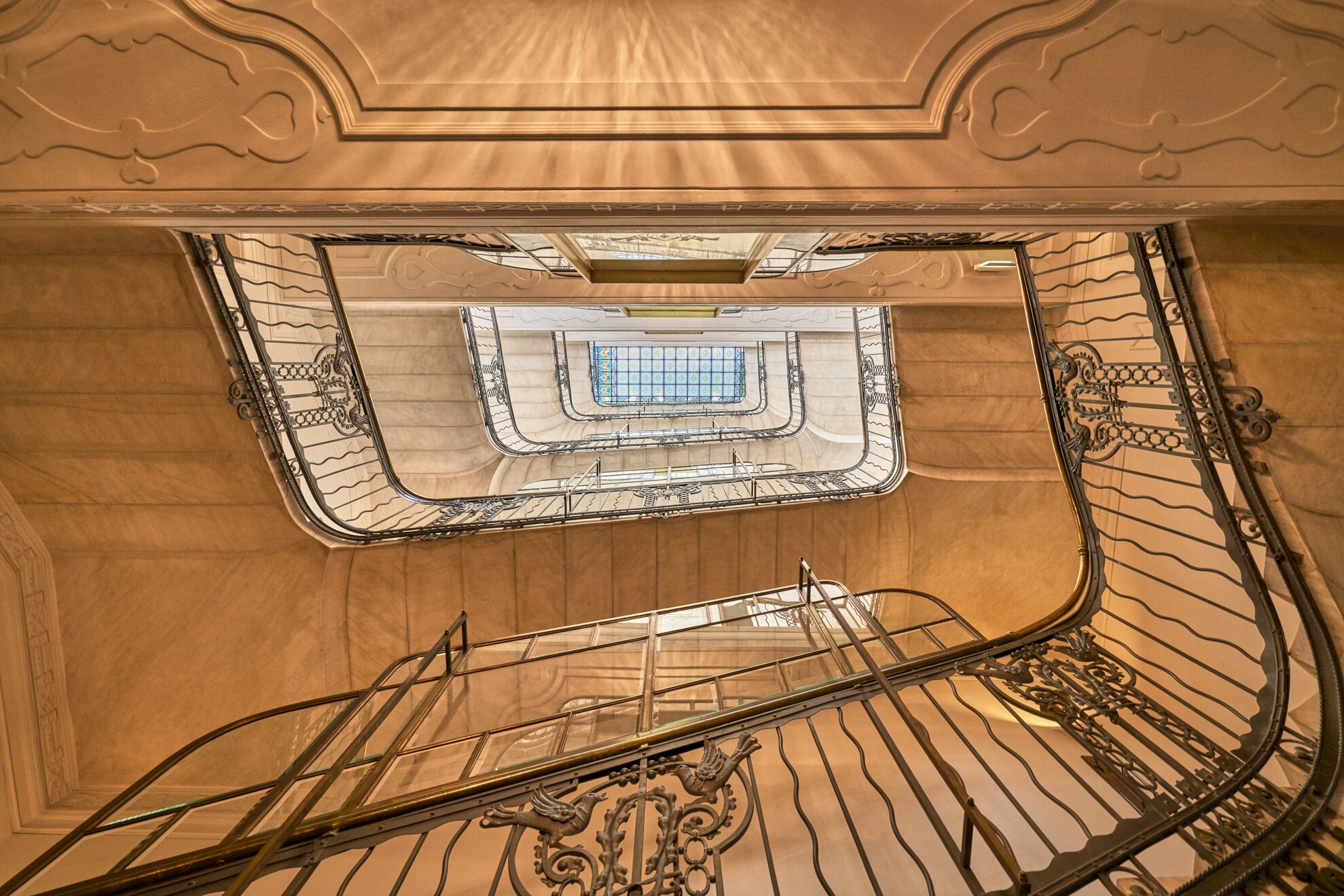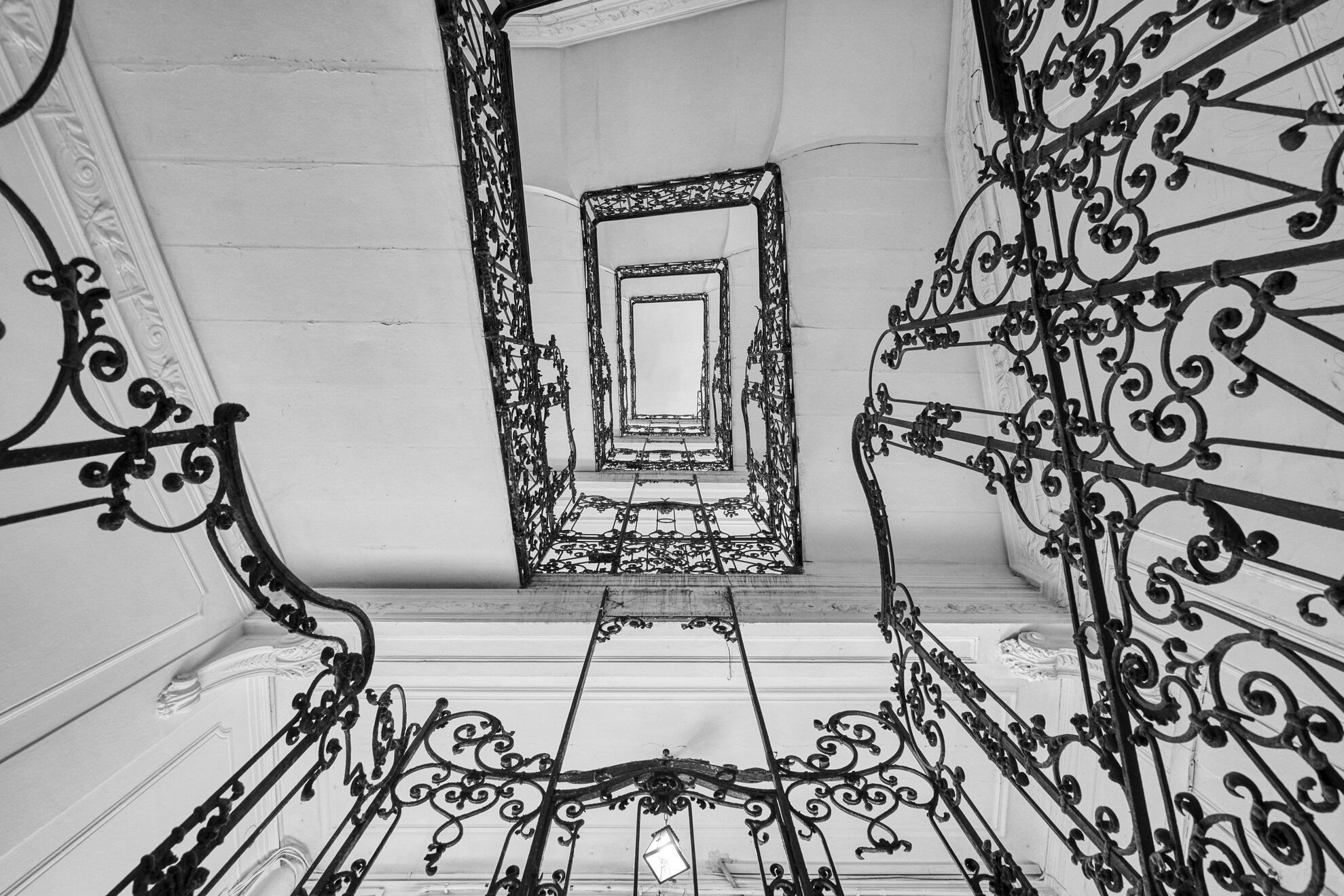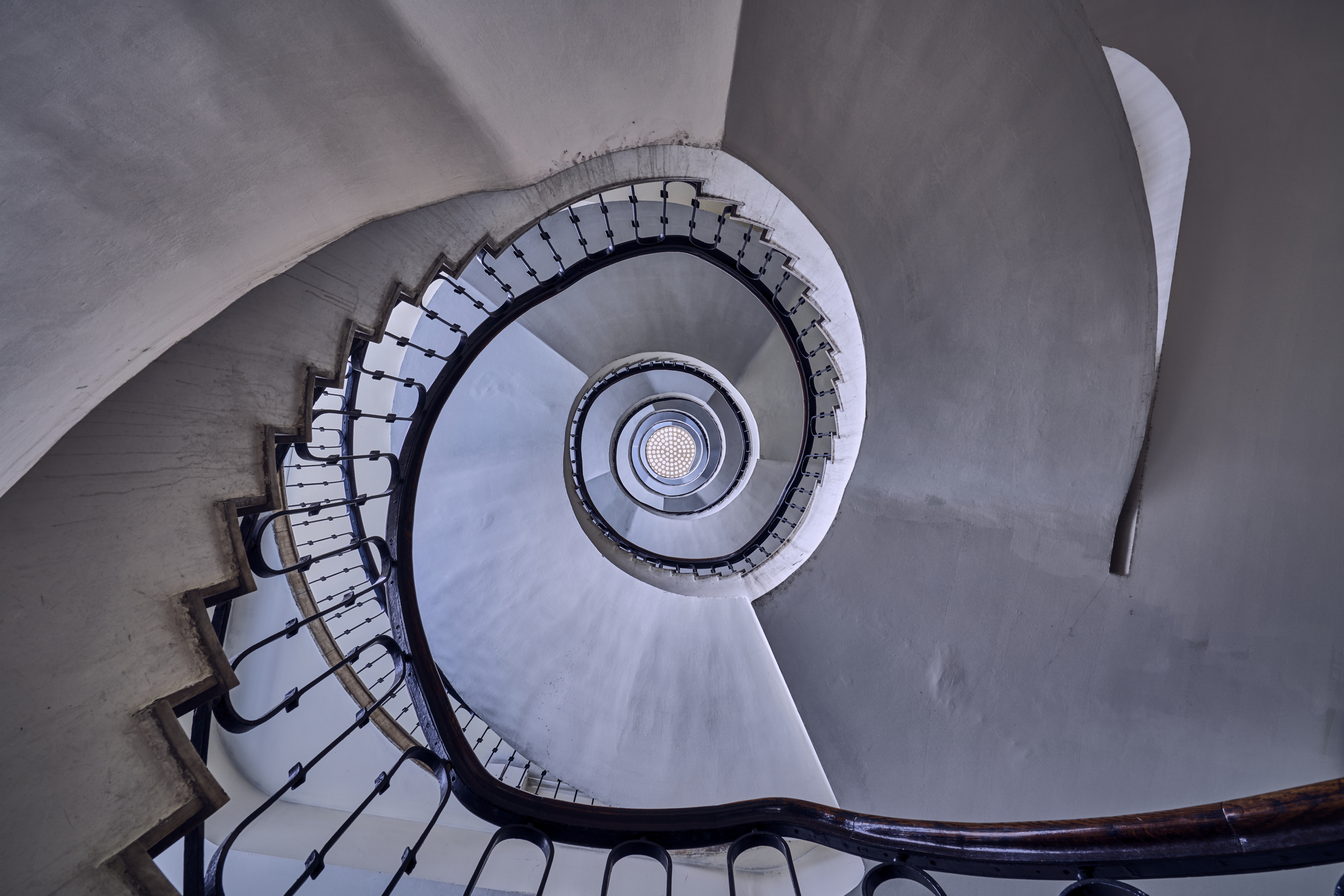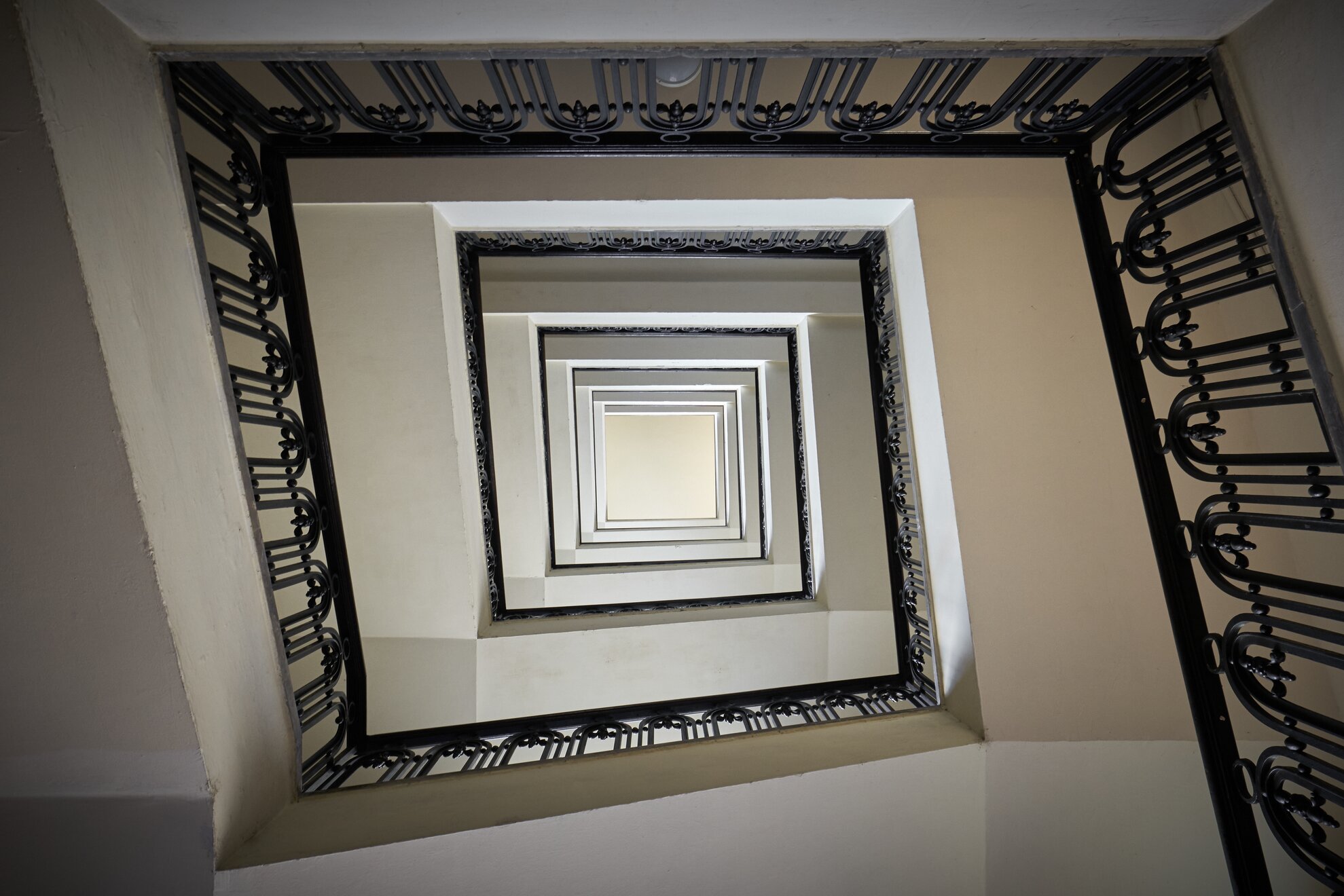
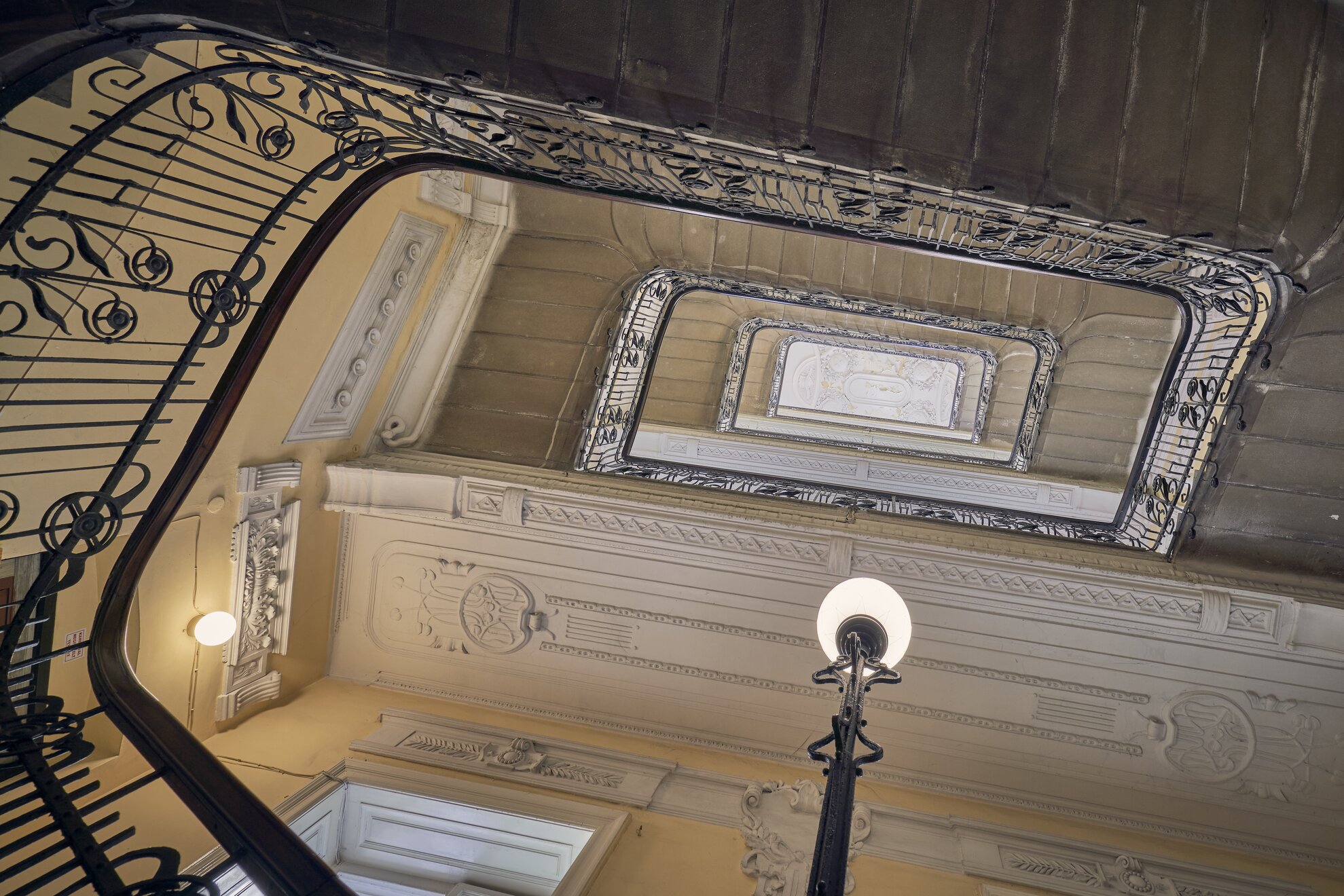
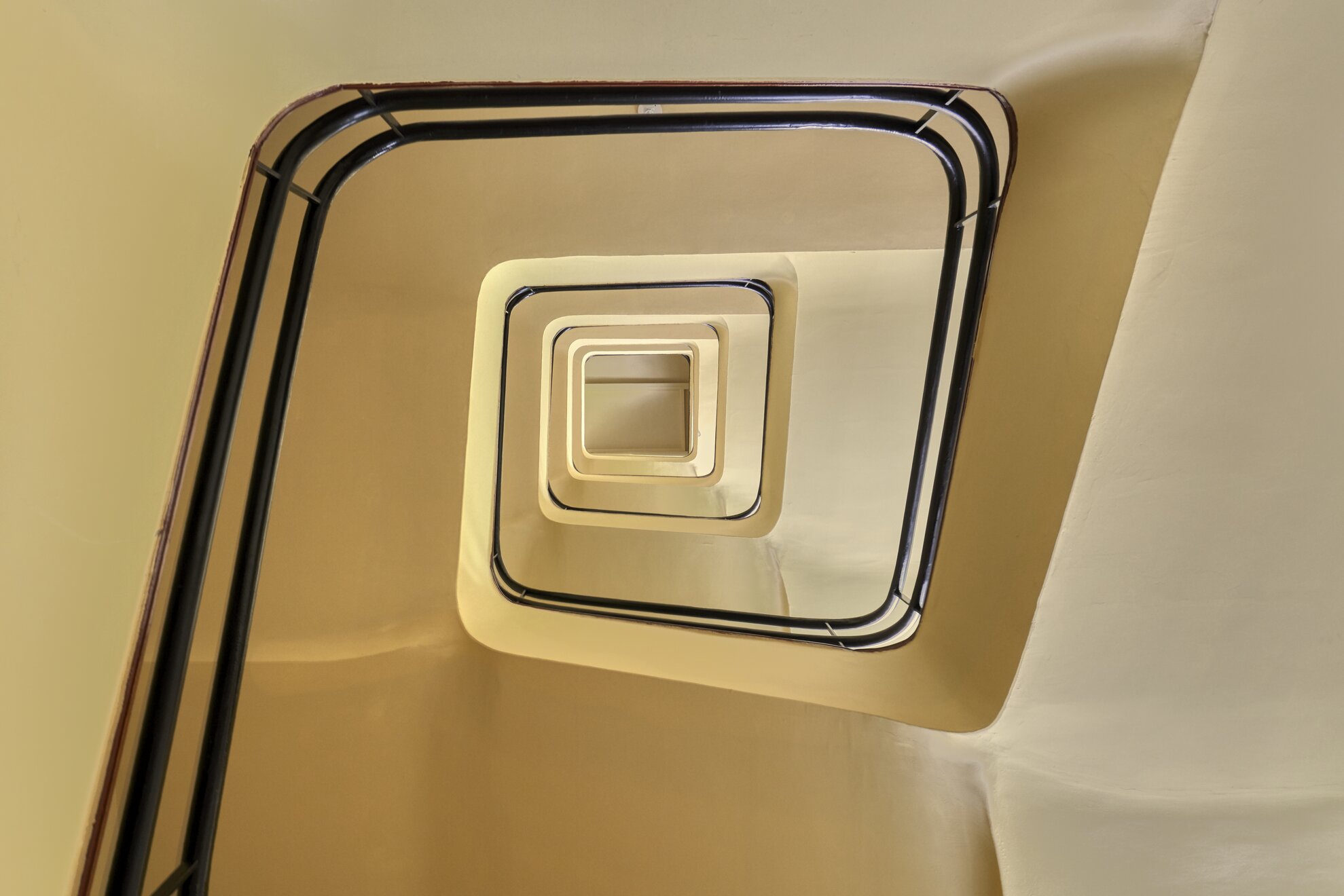
The cradle of modern Hungarian architecture between the wars is Újlipótváros, whose carefully designed luxury residential houses are tucked in behind the Danube. Built according to the plans of Endre and György Farkas, the huge foyer and staircase at Tátra utca 23 perfectly illustrate the use of space and materials typical of the 1930s.
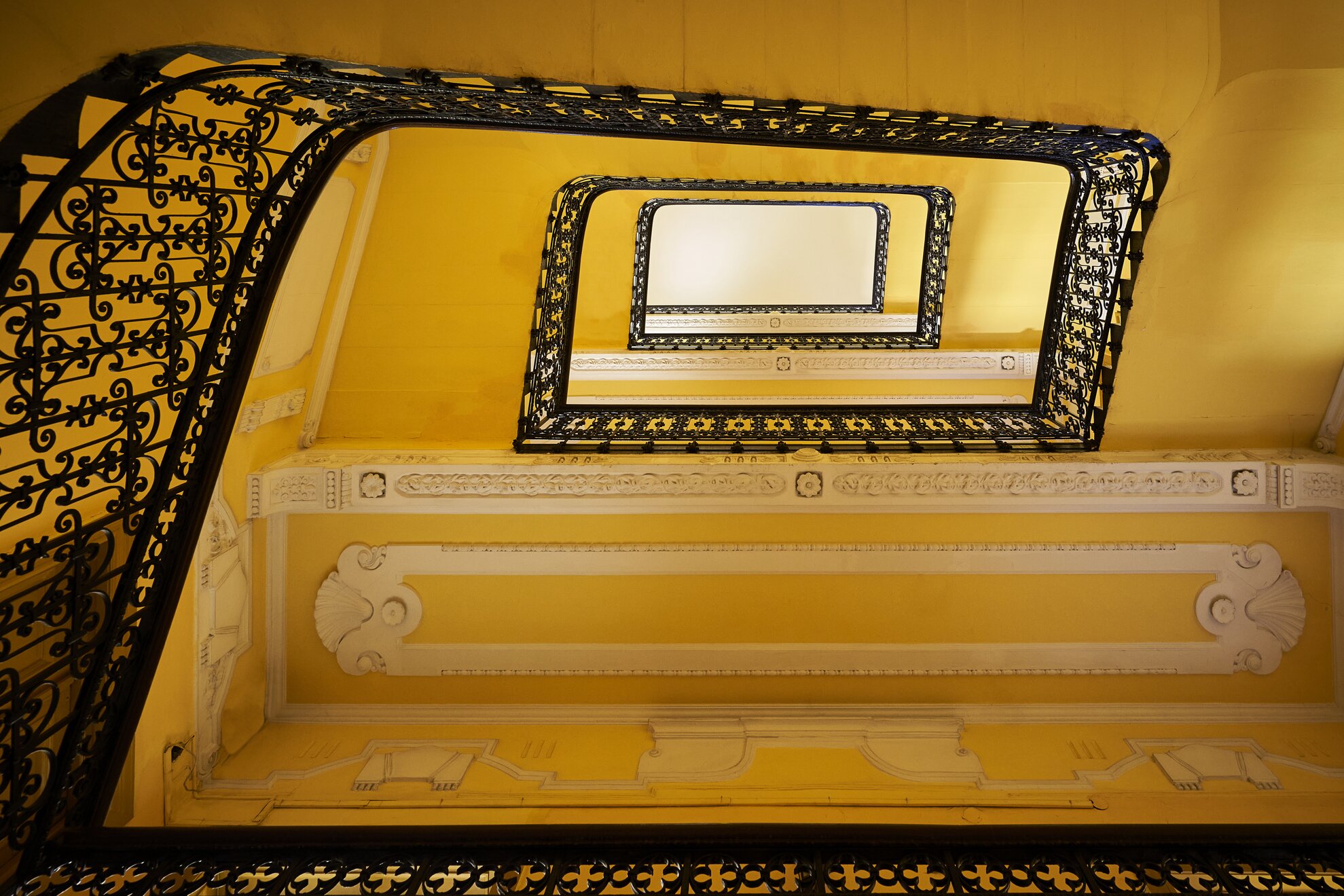
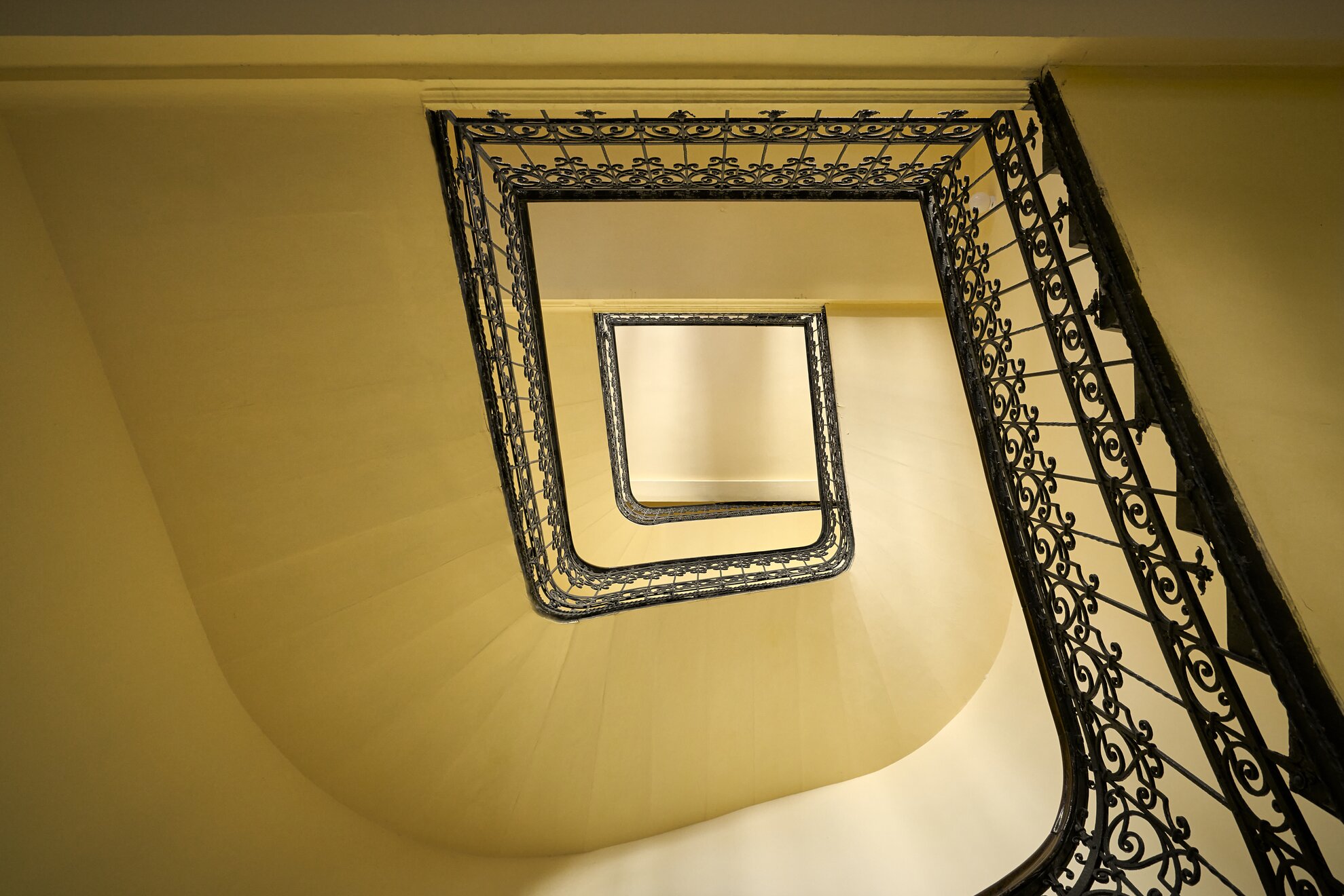

If you’re going past on the number 2 tram and taking in the panorama of Pest rather than Buda, then the renovated Pesti Vigadó should certainly catch your eye. Built according to the plans of Frigyes Feszl, it’s special not only because of its location but also its architectural style. The building, unveiled in 1865, mixes Moorish, Romanesque, Gothic and Hungarian elements, and the most famous composers of the period, Liszt, Wagner, Dohnányi and Bartók, performed in its spaces.
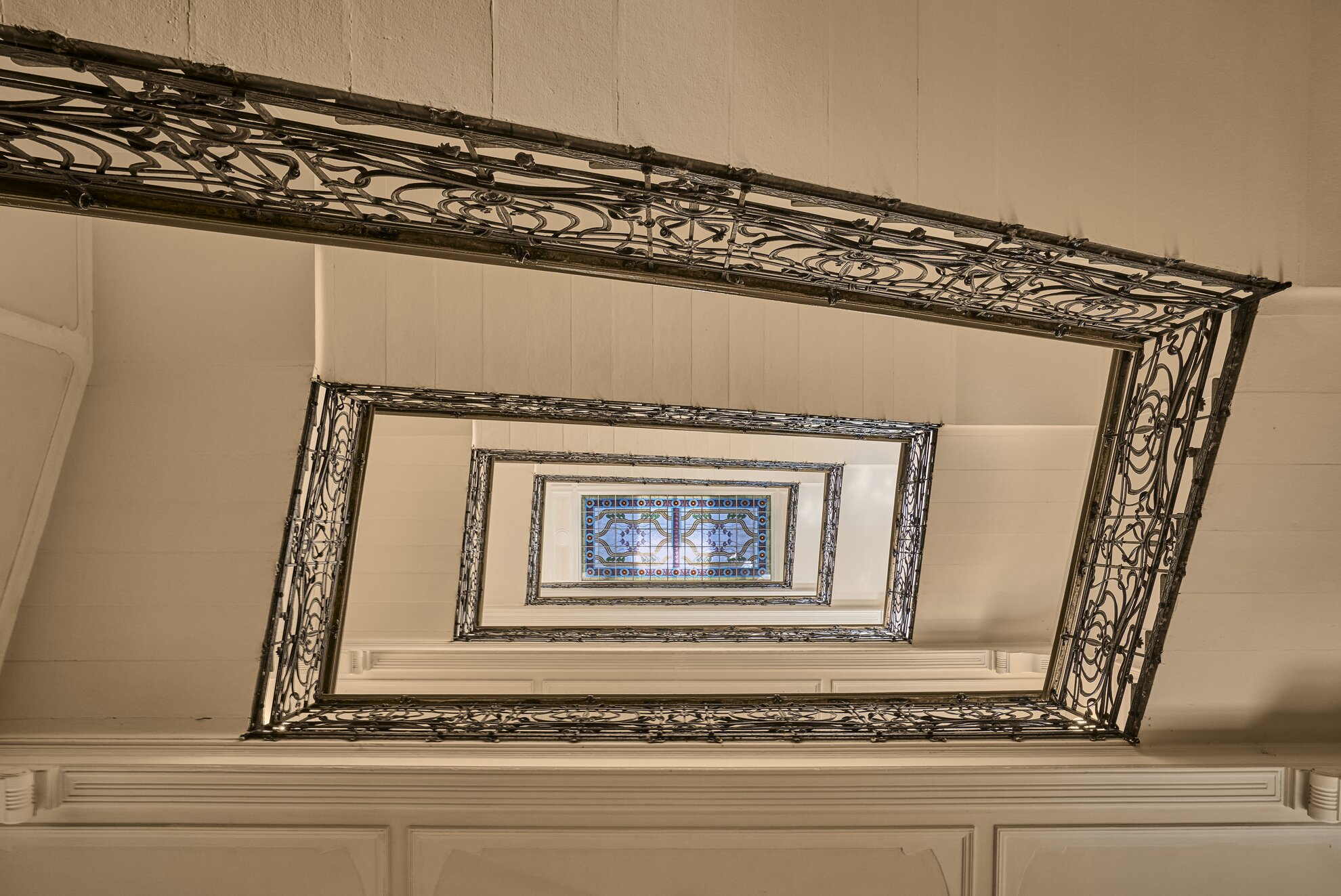
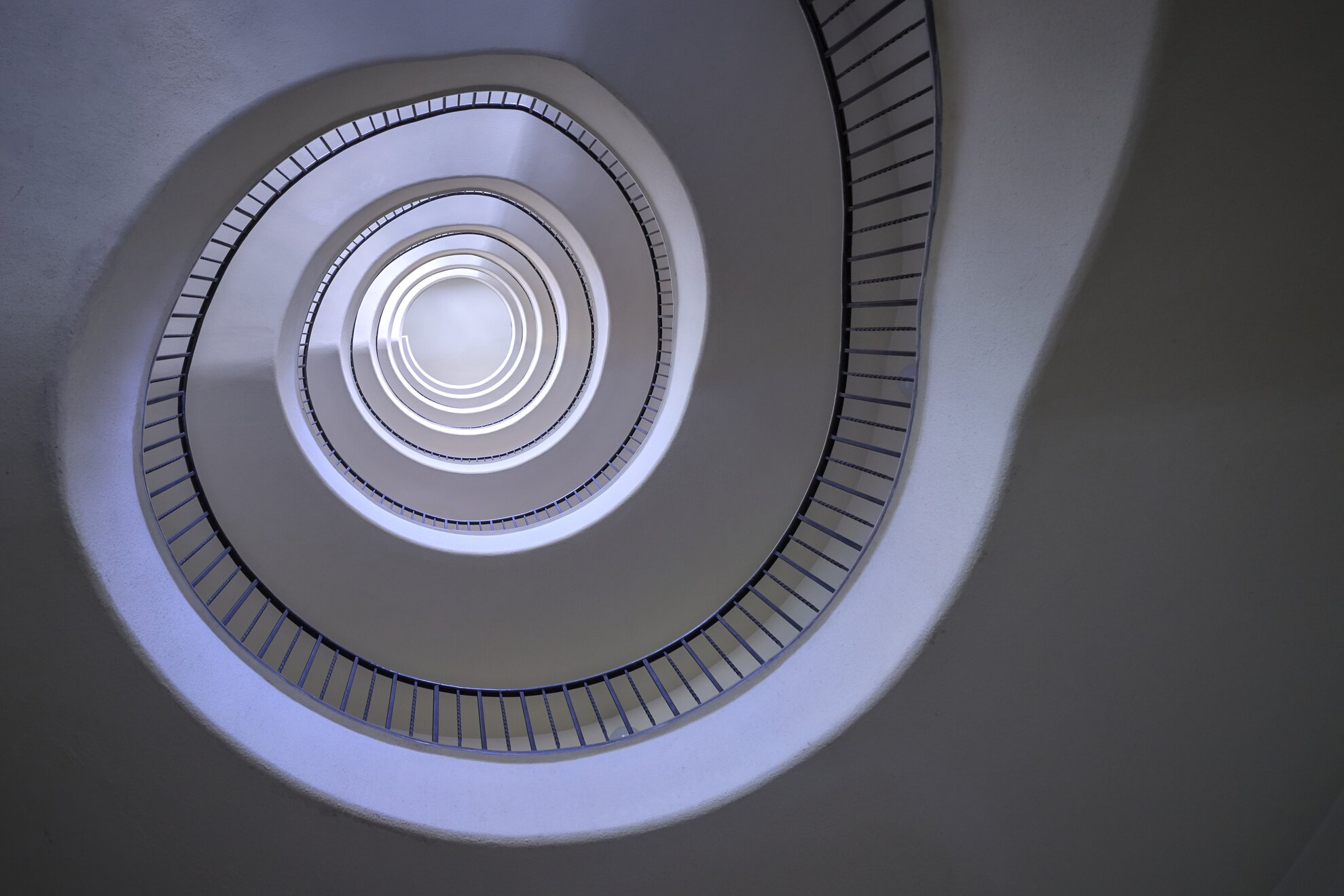
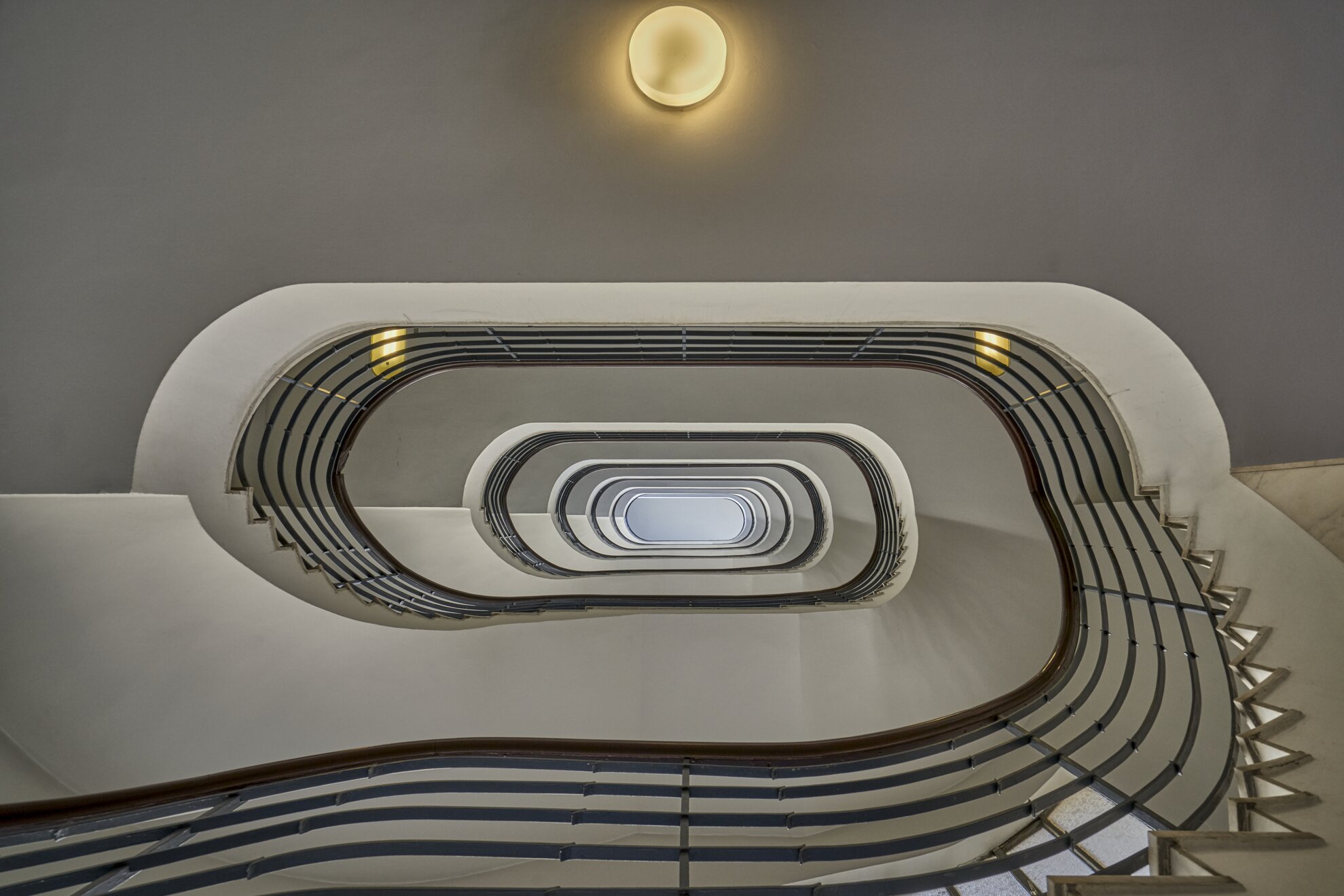
The buildings known as the Dunapark Houses not only hide impressive staircases, but are also break the mould. Thanks to their designers – Béla Hofstätter and Ferenc Domány – and the problem of creating architecture for residential blocks, they were revolutionary innovators of their time. In these houses built of quality and luxury materials, original detail is sparse today – but note the blue coverings in the corridors and the wardrobes in the apartments.
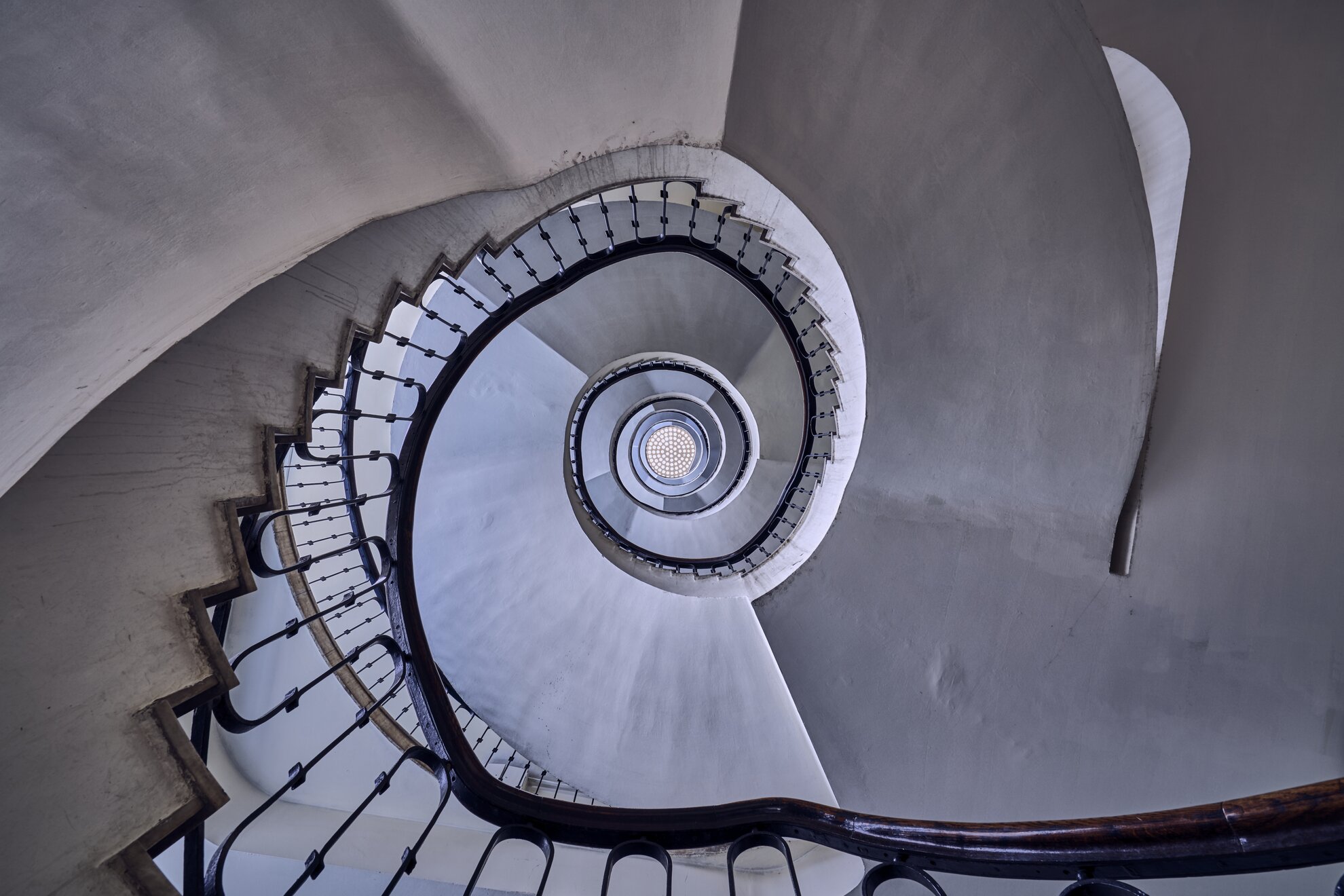
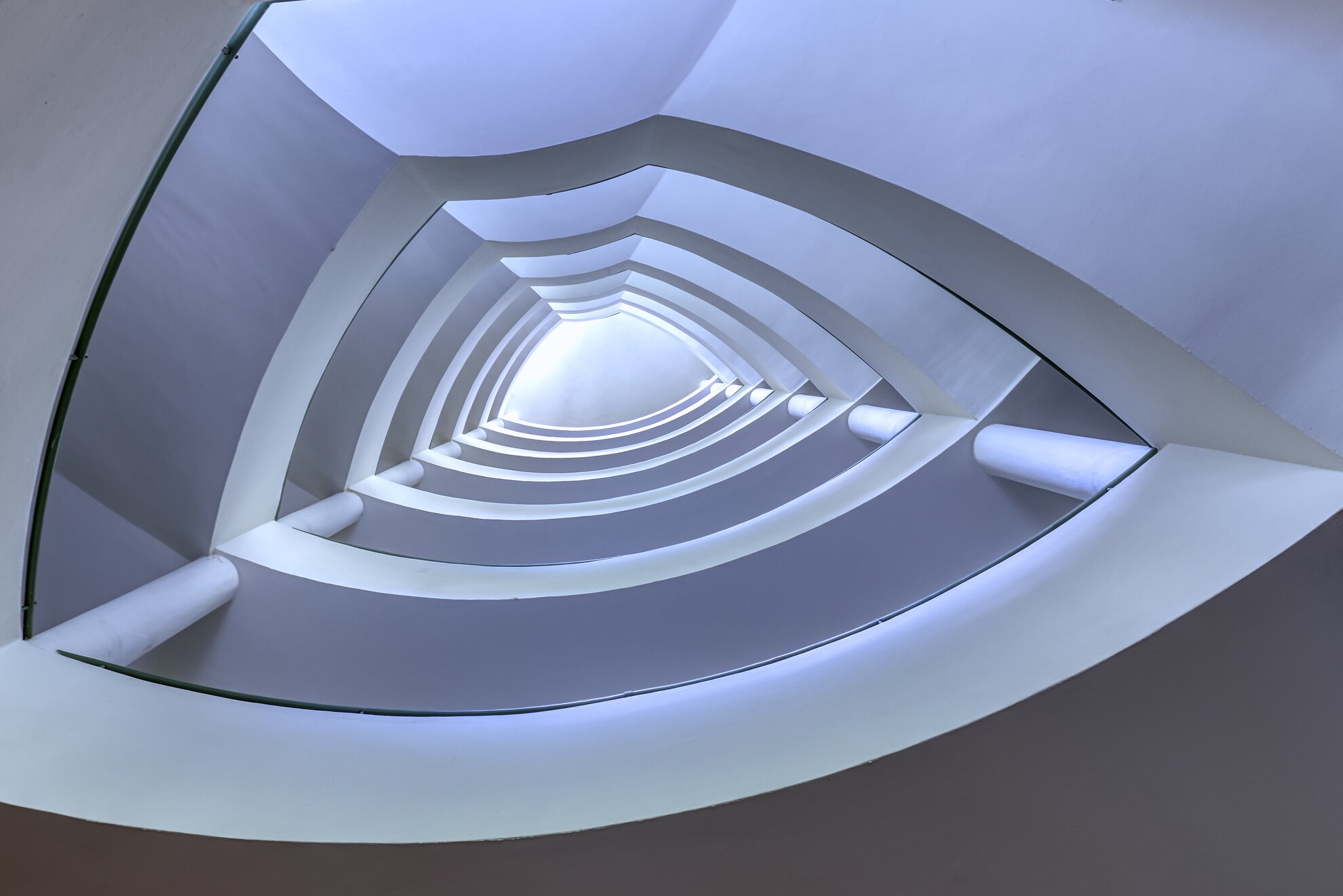
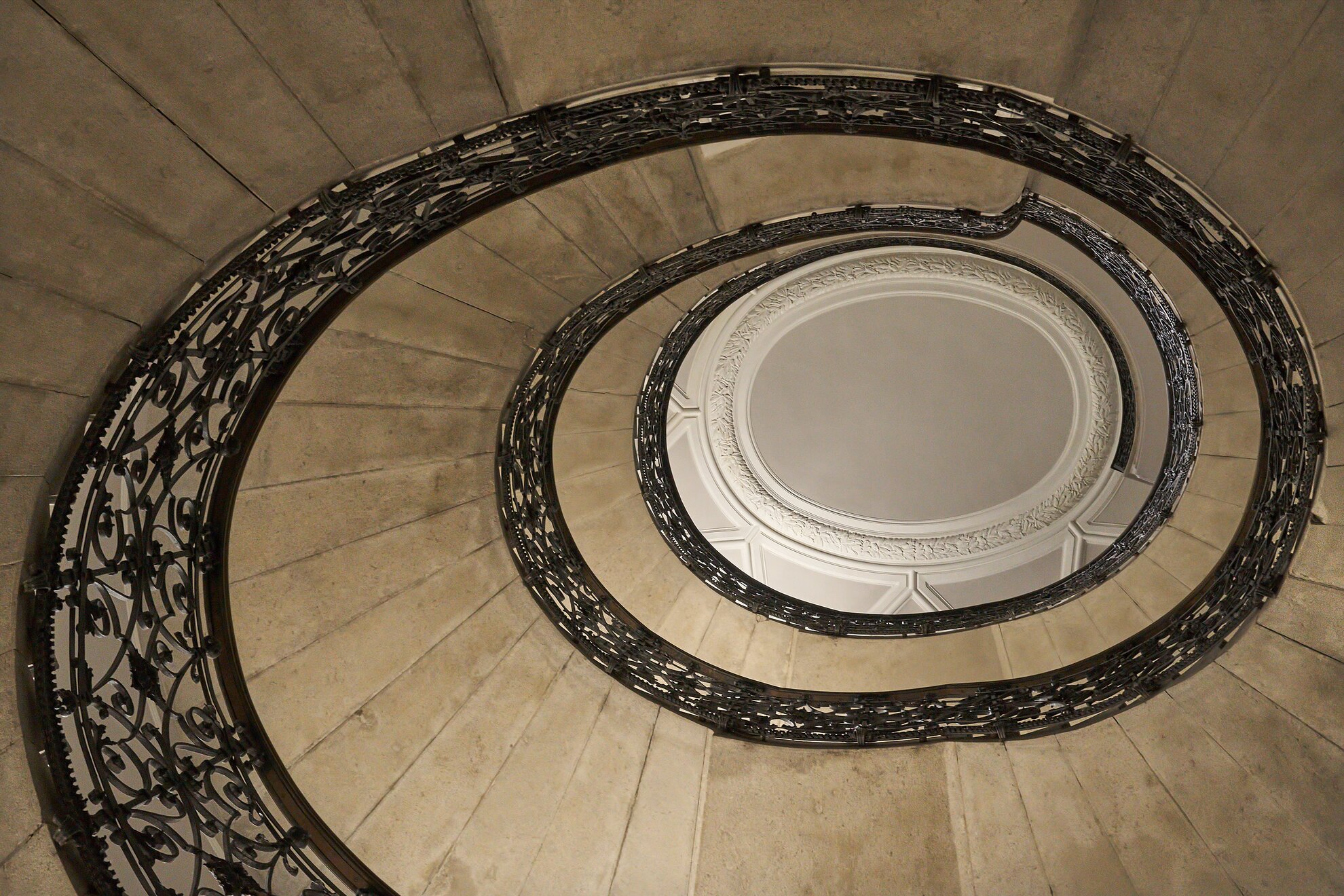
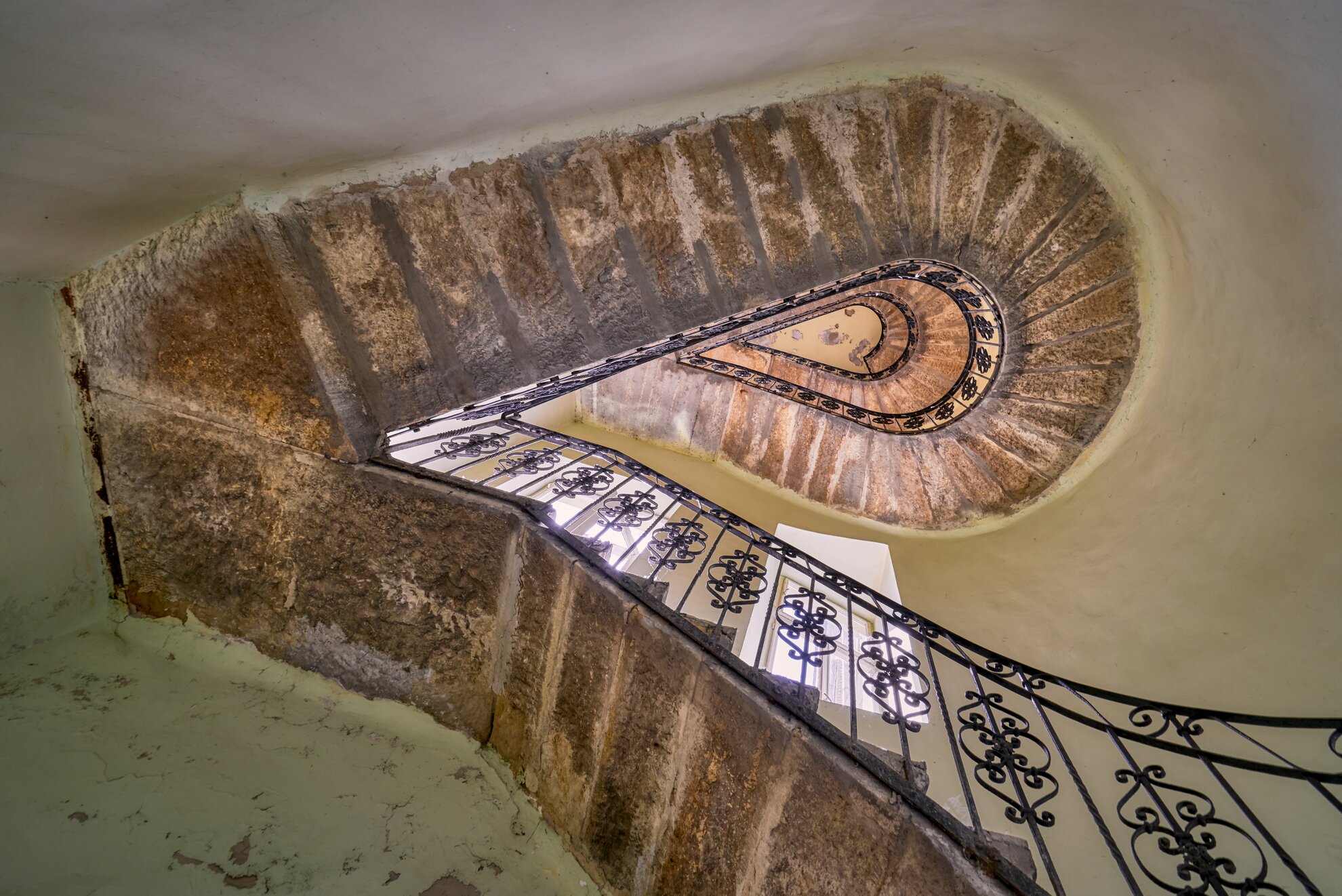
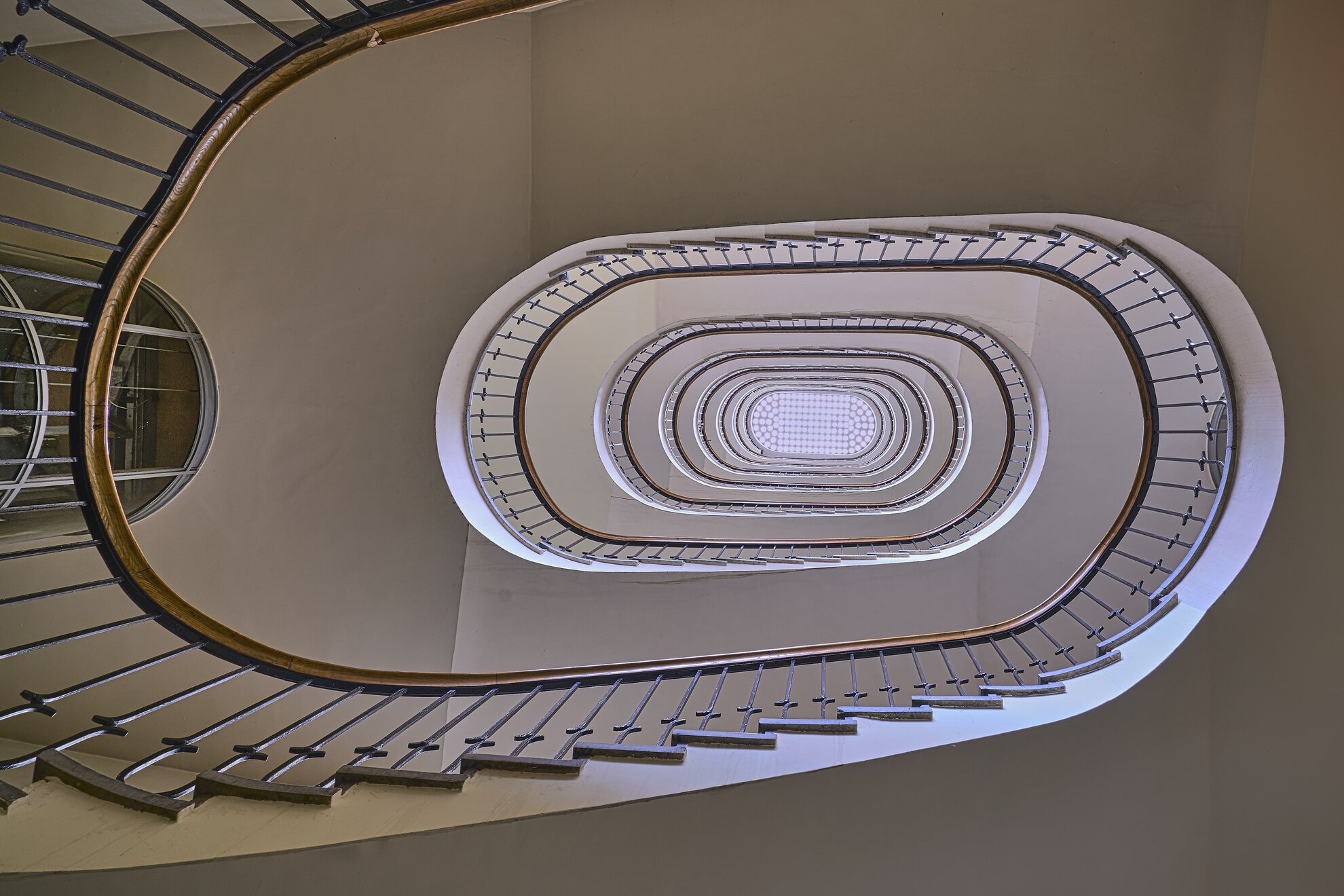
On Margit körút, the legendary Dugattyús House was originally designed as an apartment block for pensioners of the Manfréd Weiss works at the foot of Rózsadomb by the same duo who also created the Dunapark Houses (see above) on Pozsonyi út. If the staircase of the most modern luxury building of the age isn’t photogenic enough, the lifts in glass cylinders most certainly are.
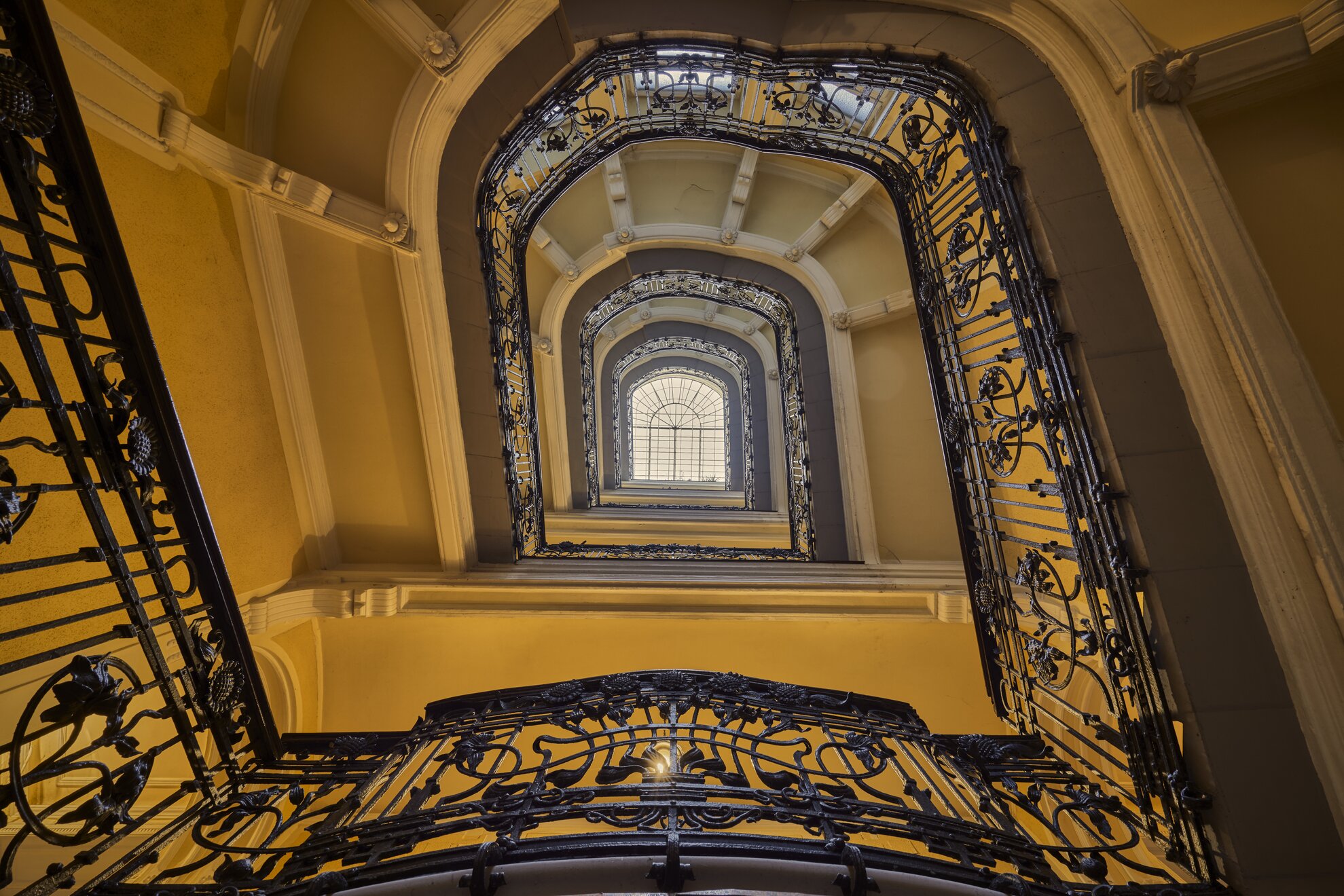
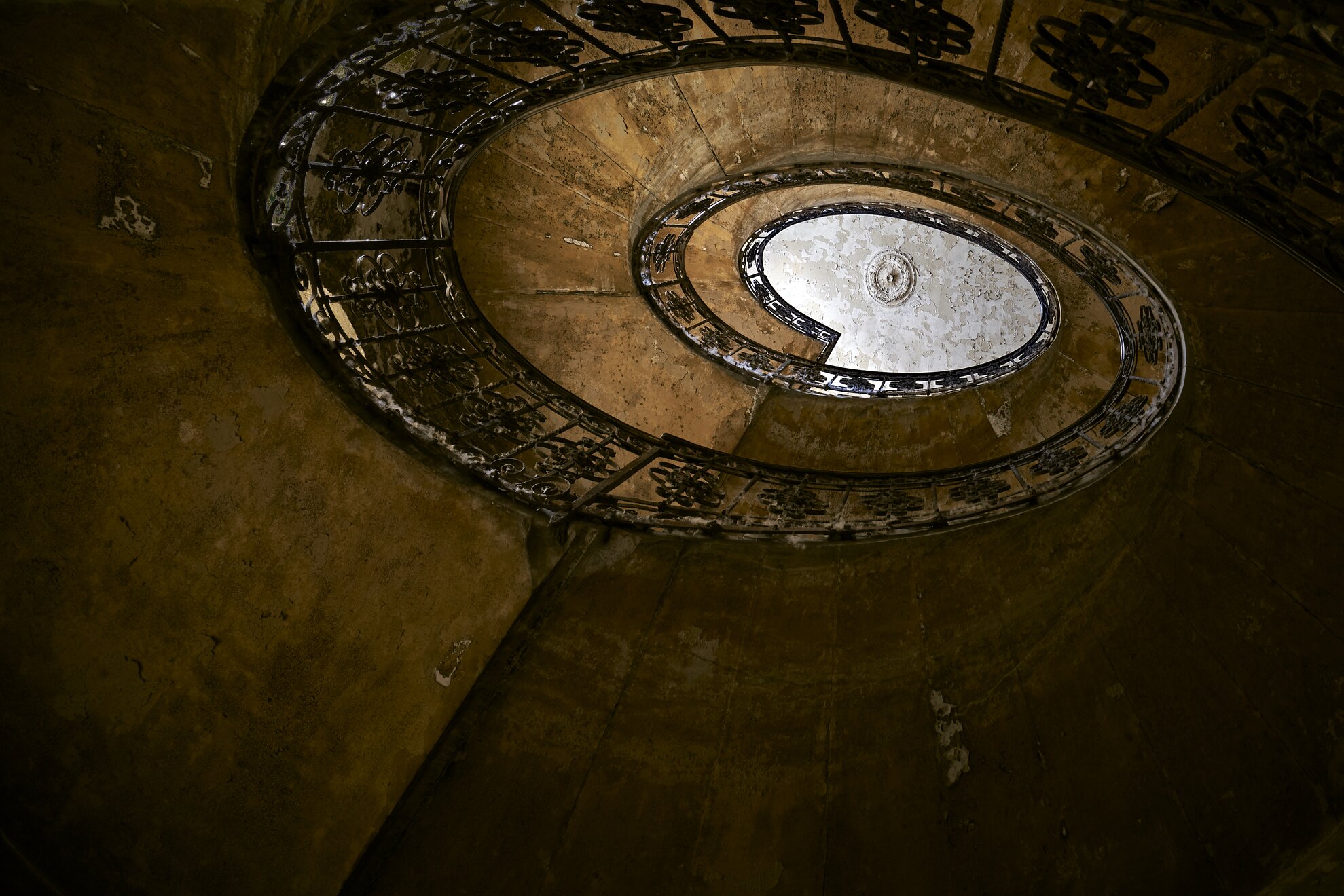
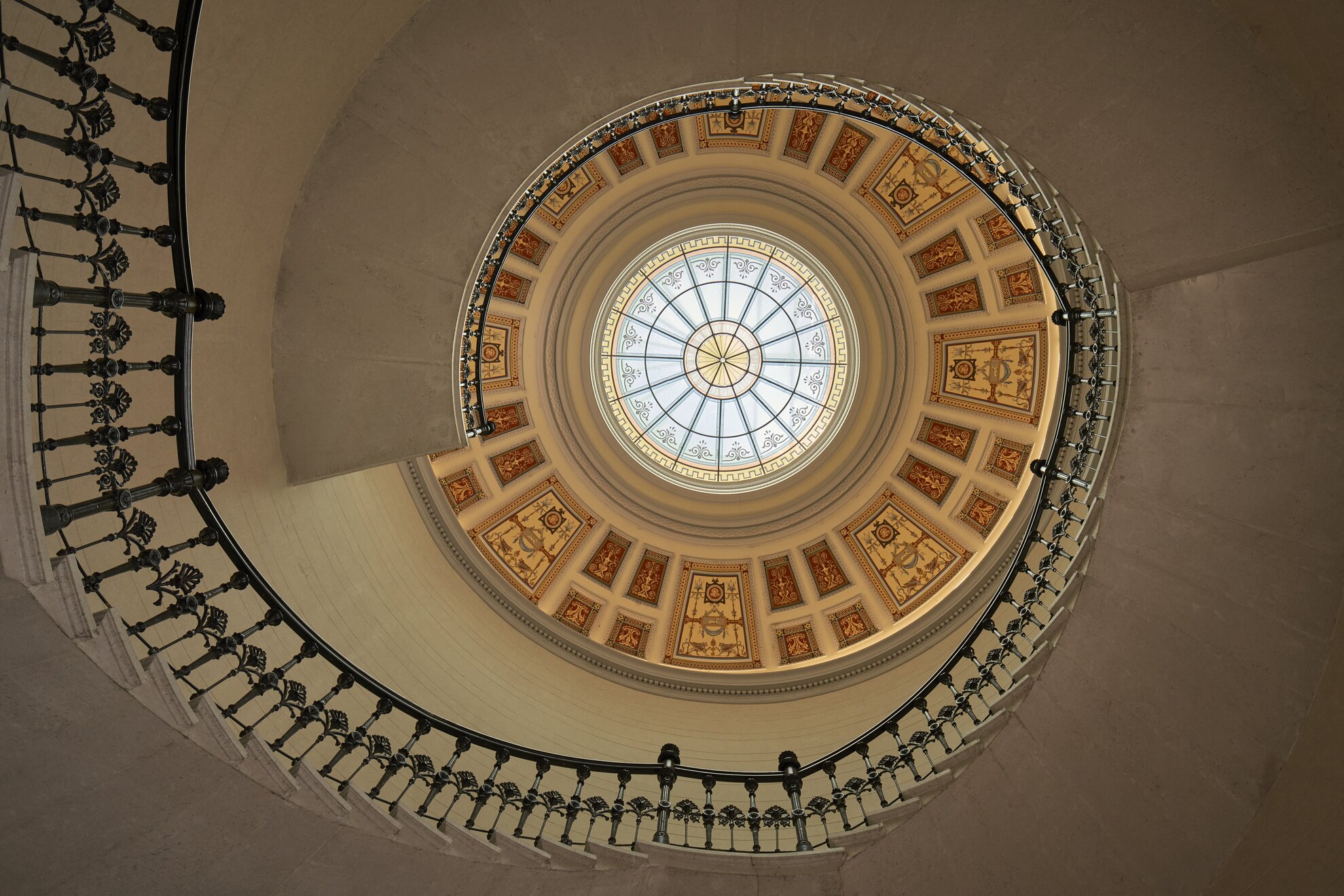
The Várkert Bazár, modelled on Italian and French hanging gardens, is one of the most beautiful works created by leading architect Miklós Ybl. Built between 1875 and 1883, it was fashioned by the best craftsmen of the period, its dome decorated with Zsolnay majolica tiles, the wrought-iron triple gate of the main entrance the work of Gyula Jungfer. The Neo-Renaissance building on the side of Castle Hill was originally intended to have a commercial function, with studios and the Historical Portrait Gallery here for a while, and from the 1960s the young crowds of legendary outdoor music venue, the Ifipark. filled it with life.
